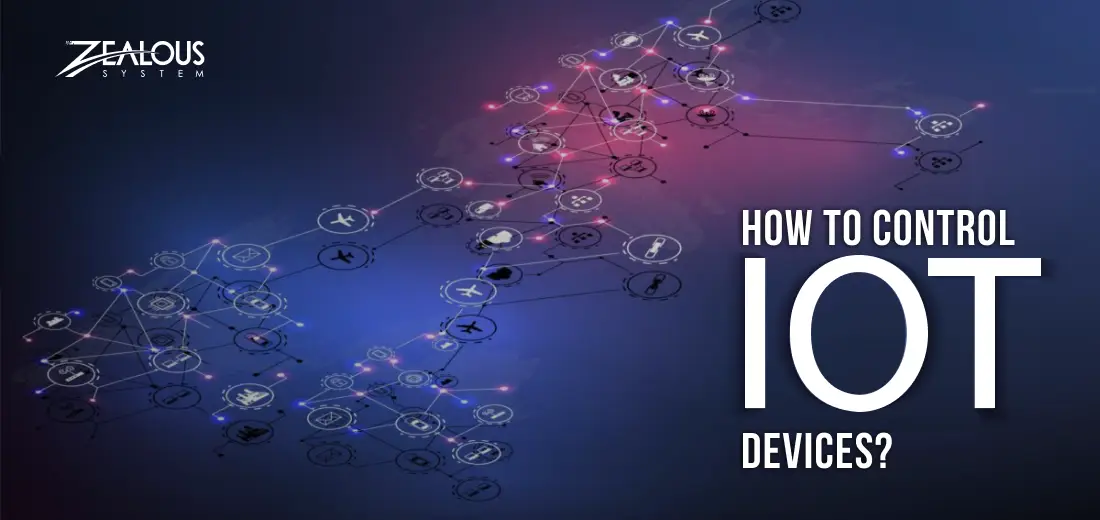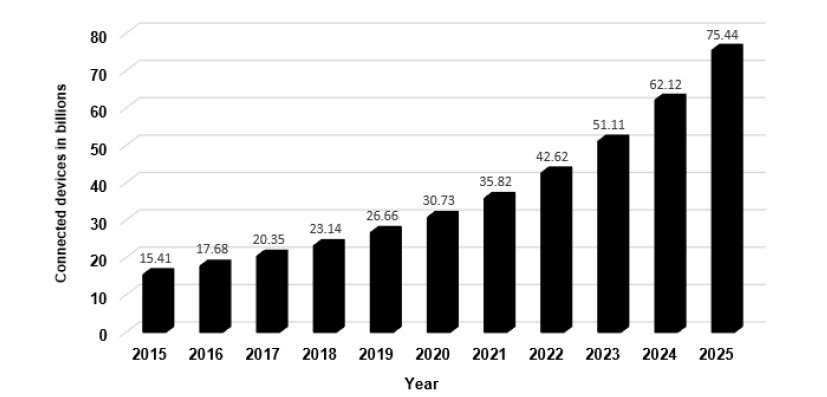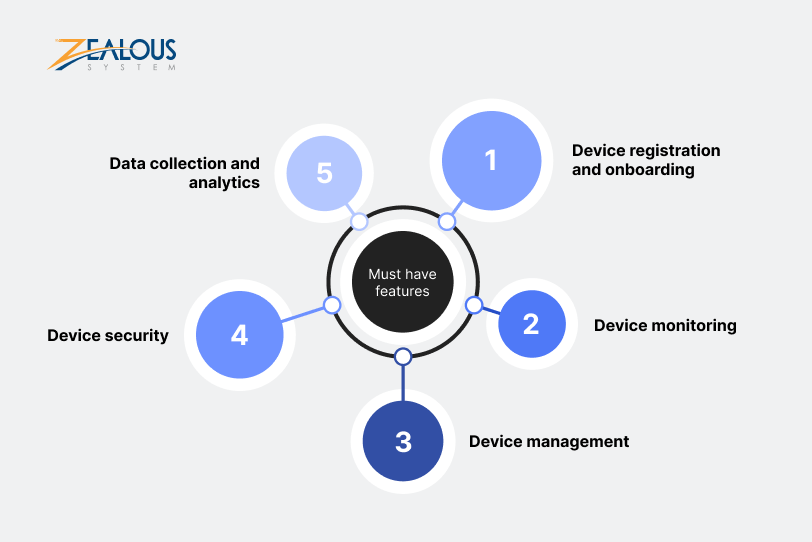
- Company
- Services
- UI/UX Design Services
- Microsoft Dynamics 365
- Mobile App Development
- AI Software Development
- Web App Development
- Generative AI Development
- Digital Product Development
- Enterprise Mobility
- SaaS Application Development
- Application Integration
- White-label WP Maintenance
- ERP Software Solutions
- Software Testing
- Offshore Development Center
- Let’s Connect
- Trending
- Technology
- Industry
- Build Your Team
- Our Work
- Company
- Services
- UI/UX Design Services
- Microsoft Dynamics 365
- Mobile App Development
- AI Software Development
- Web App Development
- Generative AI Development
- Digital Product Development
- Enterprise Mobility
- SaaS Application Development
- Application Integration
- White-label WP Maintenance
- ERP Software Solutions
- Software Testing
- Offshore Development Center
- Let’s Connect
- Trending
- Technology
- Industry
- Build Your Team
- Our Work
We use cookies and similar technologies that are necessary to operate the website. Additional cookies are used to perform analysis of website usage. please read our Privacy Policy
IoT Device Management: How to Control IoT Devices?

In today’s connected world, the Internet of Things (IoT) is a game-changer, reshaping our lives and work. Think about those nifty gadgets like smart thermostats fine-tuning your home’s climate or those industrial sensors supercharging production lines – IoT gadgets are everywhere. But as their numbers multiply, the need for smart IoT device management becomes crucial.
IoT Device Management is your secret sauce for keeping all these devices in line. It’s about making sure they play nice, stay safe, and work like a well-oiled machine. In this blog, we’re talking about the vital ins and outs of IoT device management.
We’ll see how to watch, upgrade, and lock down your IoT gadgets, get yourself a good IoT application development company in helping you tap into the full potential of the IoT wave while staying in charge. So, let’s jump in and become the masters of our IoT universe!
There are a number of different ways to control IoT devices. One common approach is to use a cloud-based IoT platform. IoT platforms provide a centralized way to manage and control all of your IoT devices. They also offer a variety of features for monitoring and troubleshooting your devices.
Here’s a IoT growth chart depicting a decade long growth.
What Is IoT Device Management?
IoT device management is the process of registering, configuring, provisioning, monitoring, and maintaining IoT devices. It is important to have a robust IoT device management system in place to ensure that your IoT devices are secure, compliant, and operating efficiently.
Well, it’s like the conductor of a symphony, but for your smart devices. It ensures they all play in harmony to create something beautiful. In simple terms, IoT Device Management is the virtual shepherd that oversees all the devices in the IoT gang.
When you collaborate with an IoT application development company, they utilize IoT as a set of tools, processes, and tech that make it easy to set up, watch over, maintain, and protect IoT gadgets. With billions of these gadgets all over the globe, from smart thermostats to industrial sensors, managing them is no small job.
Why is IoT device management important?
IoT device management is important for a number of reasons, including:
Security
IoT devices are often vulnerable to cyberattacks. IoT device management can help to secure IoT devices by providing features such as device authentication, encryption, and firmware updates.
Compliance
Many industries have regulations that require organizations to comply with certain security and privacy standards. IoT device management can help organizations to comply with these regulations by providing features such as auditing and logging.
Efficiency
IoT device management can help organizations to manage their IoT devices more efficiently. For example, IoT device management can be used to automate tasks such as device provisioning and configuration.
Performance
IoT device management can help organizations to improve the performance of their IoT devices. For example, IoT device management can be used to monitor the health of IoT devices and to identify and troubleshoot problems.
5 Must-Have Features for IoT Device Management Application
The must-have features for an IoT device management application include:
1. Device registration and onboarding
The application should be able to easily register and onboard new devices. This should include the ability to automatically discover devices on the network, authenticate devices, and configure devices with the necessary settings.
2. Device monitoring
The application should be able to monitor the status of all connected devices. This should include monitoring device health, performance, and security.
3. Device management
The application should be able to manage all connected devices. This should include the ability to provision devices, update firmware, and troubleshoot problems.
4. Device security
The application should include robust security features to protect connected devices from unauthorized access and attacks. This should include features such as device authentication, encryption, and firmware updates.
5. Data collection and analytics
The application should be able to collect data from connected devices and provide analytics on that data. This data can be used to improve the performance of devices, identify and troubleshoot problems, and develop new features and services.
Top 10 IoT Device Management Software Solutions
IoT device management platforms are important for organizations that use IoT devices because they can help to ensure that the devices are secure, compliant, and operating efficiently.
1. AWS IoT Device Management (Amazon Web Services)
AWS IoT Device Management is your go-to solution when it comes to handling a bunch of IoT devices. It makes life easier by helping you register, organize, keep an eye on, and even manage these devices from afar. With cool features like device setup, firmware updates, and making sure security policies are on point, it’s got your back.
2. Microsoft Azure IoT Hub (Microsoft Azure)
Imagine a cloud-based service that’s like a superhighway for your IoT gadgets to chat with your applications. That’s Azure IoT Hub! It helps devices talk back and forth with your applications while ensuring their identities as an IoT application development company are in check. Plus, it knows how to route messages and handle the data coming from your gadgets.
3. IBM Watson IoT Platform (IBM)
The IBM Watson IoT Platform is like the conductor of the IoT orchestra. It brings all your IoT devices and data together, and it doesn’t stop there. It’s got a quick registration process, crunches data in real-time, and even taps into Watson’s brainpower for some fancy analytics.
4. Google Cloud IoT Core (Google Cloud)
Google Cloud IoT Core is like a Swiss Army knife for managing your IoT gizmos. It’s got everything you need: device setup, data collection, and it’s even best buddies with Google Cloud’s data magic and machine learning.
5. ThingWorx IoT Platform (PTC)
If you’re looking for an industrial IoT buddy, ThingWorx has your back. It’s like a Swiss army knife for industrial IoT – device management, real-time monitoring, and analytics to boot. It’s your go-to when you want to build cool IoT stuff for different industries.
6. Particle
Particle is your tech-savvy friend in the IoT world. Whether you’re a developer or part of a big enterprise, Particle has what you need. Think device connections, easy updates, and keeping an eye on things from afar – perfect for prototypes and serious production.
7. Losant
Meet Losant, the superhero of enterprise IoT. It’s got a knack for managing devices, showing data in a way that makes sense, and even automating workflows. If you want to create and launch IoT solutions in a flash, Losant’s your sidekick.
8. Bosch IoT Suite (Bosch Software Innovations)
Bosch IoT Suite is like a toolbox filled with IoT goodies. It’s got services for managing your IoT devices, analyzing data, and even building cool applications. No matter your industry, this toolbox has a scalable solution for you.
9. Cumulocity IoT (Software AG)
Cumulocity IoT is like the magician of IoT platforms. It takes care of your devices, lets you control them remotely, and does some real-time data wizardry for your IoT apps.
10. Nutanix Xi IoT (Nutanix)
Nutanix Xi IoT is your edge computing buddy. It’s all about managing devices and processing IoT data right where it’s happening – at the edge. Efficiency is its middle name!
How To Control Iot Devices?
Controlling IoT (Internet of Things) devices can vary depending on the device type and the ecosystem it belongs to. Here’s a general overview of how to control IoT devices:
Mobile Apps
Many IoT devices come with dedicated mobile apps. Download the app associated with your device from the App Store (for iOS) or Google Play Store (for Android). Follow the setup instructions, and you can control the device from your smartphone.
If you’re looking for assistance with mobile app development, consider consulting a reputable mobile application development company for expert guidance.
Web Interfaces
Some IoT devices offer web-based control interfaces. Open a web browser on your computer or mobile device, enter the device’s IP address or a specific URL, and log in to control and configure the device.
Voice Assistants
IoT devices often integrate with voice assistants like Amazon Alexa, Google Assistant, or Apple’s Siri. Set up the device with your voice assistant and use voice commands to control it.
Remote Control
Certain IoT devices, such as smart thermostats or security cameras, can be controlled remotely via their respective cloud services. Sign in to the device’s account on a web portal or mobile app to control it from anywhere with an internet connection.
Home Automation Hubs
If you have multiple IoT devices from different manufacturers, consider using a home automation hub like Samsung SmartThings or Apple HomeKit. These hubs provide a centralized interface to control all your devices.
IoT Platform Apps
Some IoT platforms offer their own dedicated apps that allow you to manage and control multiple devices within their ecosystem. For instance, if you have devices from the same manufacturer, they may have a unified app for control. If you require custom IoT solutions, consider partnering with an experienced IoT application development company to create tailored applications for your specific needs.
APIs and Custom Development
For advanced users and developers, some IoT devices offer APIs or SDKs that allow for custom control and integration. You can create your own applications or scripts to interact with the device.
Third-Party Apps and Services: In some cases, third-party apps or services like IFTTT (If This Then That) can be used to create custom automation and control scenarios for IoT devices.
It’s important to note that the specific methods for controlling IoT devices can vary greatly depending on the brand, model, and type of device. Always refer to the manufacturer’s instructions and documentation for guidance on setting up and controlling your particular IoT device.
Conclusion
As we’ve discussed the important strategies and factors in this blog, it’s clear that taking charge of and optimizing IoT devices is crucial for unlocking the full potential of this game-changing technology. At Zealous, we know how vital software development is in this field when you hire dedicated developer from us. Our skilled dedicated developers are dedicated to providing top-notch solutions that empower you to make the most of IoT while keeping things secure, scalable, and efficient. With Zealous by your side, you can confidently navigate the complexities of IoT device management, helping your business thrive in this connected age.
We are here
Our team is always eager to know what you are looking for. Drop them a Hi!
Pranjal Mehta
Pranjal Mehta is the Managing Director of Zealous System, a leading software solutions provider. Having 10+ years of experience and clientele across the globe, he is always curious to stay ahead in the market by inculcating latest technologies and trends in Zealous.
Table of Contents
×



Comments